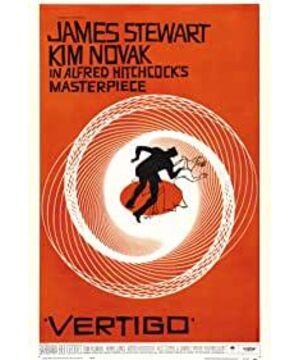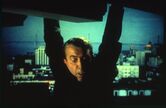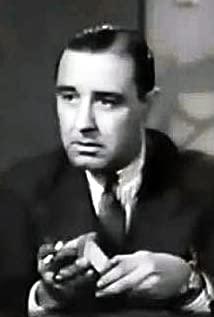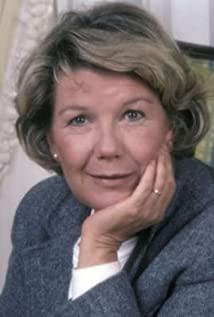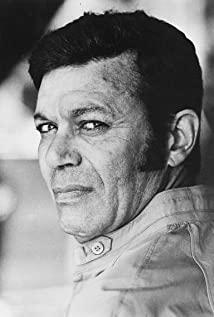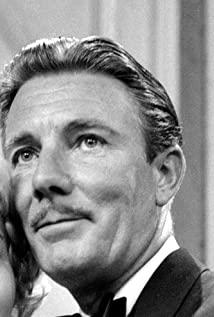"Victorius", which was born in 1958, is not a perfect movie, but if these imperfections are removed, its advantages will no longer exist. Its imperfections are also its advances. Cannot be divided. A large part of the reason why it has become the pinnacle of Hitchcock's art is that it is a film about the film itself, presenting the space and possibility of multiple interpretations.
Its character settings: director (murderer), role/actor (Madeline/Judy), audience/new director (male lead). The structure is divided into two by the illusory Madeleine falling from the building and died. The front and rear parts are almost symmetrical, just like the mirror image that appears many times in the film. The first half: The director's murderer portrays the character Madeleine and attracts the pursuit of the male protagonist as an audience. The purpose is to conceal the truth of the crime. Is the male protagonist's true feelings for Madeleine or is it just a fantasy effect produced by star chasing? In fact, it is vaguely processed. Several kinds of sentiments are intertwined. What he fell in love with was a non-existent woman who was portrayed by the director's killer. The second half: The murderer director disappeared, and the audience hero became the new director. The actor Judy, who had returned to real life, was recast as the role of Madeleine on the screen. He continued to satisfy his special hobby and love for phantoms. chase. The protagonist's attitude towards Madeleine is just like the audience's obsession with the illusory characters on the screen, and the attitude towards Judy is like the director's full control of the actors, vowing to portray her as an illusory role on the screen to be able to have love. Here, Hitchcock exposed the essence of movie star making. So when Judy dies, will the male protagonist as the audience and the new director be morally unified with the director's murderer in the first half? The structure of the play completes a rotating circle at the end of the film ⭕️, reciprocating loops, without exit (a large number of circle images in the film: hairstyles, necklaces, bouquets, spiral staircases, annual rings, and the trajectory of the kissing camera), where will the hero go? ? Continue to look for new actors/characters?
The role of the second female represents motherhood, just like a mother, a refuge for the male protagonist’s fragile soul and the psychological source of his love for Madeleine. The male protagonist suffers from a fear of heights due to a work-related injury and becomes a superfluous person in his professional field. His self-confidence and self-esteem are on the verge of destruction (it can also be understood as impaired male dignity). He needs to fall in love with a woman who is weaker than him and needs his rescue. To regain her self-confidence and self-esteem, so as to heal her own psychological trauma, and Madeleine, who is possessed by a ghost, is just the right candidate. The male protagonist, the murderer's husband, and the molded Madeleine happen to fit each other and need/use each other. And what about the male lead versus the female second? He can’t fall in love with someone who saves him (it’s not good for regaining self-confidence), so the relationship of salvation is the relationship of love: the second female saves the male lead, and the male lead saves Madeleine (though the truth is that Madeleine does not need to be Save, because she doesn’t exist at all, Judy performed it).
Does the hero love Madeleine? In fact, what the male protagonist loves is a character who needs to be saved by him. It can also be said that it is a phantom. The truth is that Madeleine is also a phantom created by the murderer director, but the male protagonist does not know it. Therefore, when the real actor Judy appears, the male protagonist cannot enter the scene of love, because the normal Judy does not need to be rescued. Only by remodeling her into a mentally flawed Madeleine can the male protagonist return to the scene. Confidence is like a fan may chase his ideal star, but he may not like the star in reality, and even the real appearance will break his beautiful fantasy. Living in a dream is also the mentality of movie audiences.
At the end of the film, Judy, with a ghost in his heart, died due to an accidental fall in fear in his heart. The male protagonist completed his self-salvation. His fear of heights was cured by death. He was a victim of exploitation, but morally, he seemed to be a murderer. The husband has not made much difference.
Supplement: There is a scene in the film that is not directly presented, that is, how the murderer's husband discovered Judy and transformed her into Madeleine. However, given the extremely symmetrical structure and mirror image of the whole film, the male protagonist in the second half transformed Zhu. The plot of Dee becoming Madeleine also cryptically reveals (reenacts) what the murderer's husband did to Judy. Here, the murderer and the male lead are combined in the role of the director.
View more about Vertigo reviews


